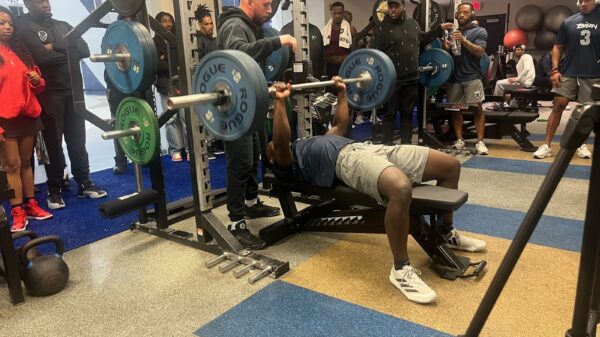By: Nadira Jamerson, Campus Reporter (@nadiranadiraj0)
Amazon may be on its way to becoming the largest produce retailer.
Earlier this summer, Amazon announced its plan to merge with Whole Foods. Last Monday, the deal officially closed, and Amazon became the brand new owner of Whole Foods for $13.7 billion. This merger marks the biggest retail deal of 2017.
Shoppers have speculated the positive impact that Amazon’s ownership will have for them and their communities. In the past, it has been nearly impossible for lower-income families to afford the healthier options that Whole Foods provides—Whole Foods has been frequently referred to as “Wholepaycheck Foods” by consumers who are dissatisfied with the chain’s high prices. Since its purchase of Whole Foods, Amazon has already slashed prices by up to 43 percent. Many shoppers are excited because they now will be able to afford healthier food options that were once unavailable to them.
On the other hand, some investors worry that the deal could upset other grocers, meal-kit companies and food delivery services. Amazon has a reputation for consistently finding ways to maximize its profits and other produce companies. In addition, there has been a an increased shift towards online shopping, as millennials crave convenience over quality. The Amazon-Whole Foods merger could provide easier access to online groceries.
However, online groceries can decrease the profits of other stores who have not tapped into delivery service or those stores that cannot deliver as cheaply. For example, Blue Apron, a grocery delivery service, saw a 44 percent stock decrease due to investors fears about the effects of the Amazon-Whole Foods deal.
Many analysts and shoppers alike have begun to wonder how large of a player Amazon will now be in the produce market. However, those who have started to compare Amazon to other larger produce companies, such as Walmart, are inflating the true impact this merger has had. Even with Whole Foods, Amazon controls far less than two percent of the produce market which continues to be controlled by companies like Kroger, Albertsons and Walmart. A Bloomberg price survey showed that Walmart prices, specifically, continue to be around 50 percent less expensive than Whole Foods prices, keeping Walmart’s customer-base much larger than Amazon’s customer- base.
There is no definitive answer about the effects the Amazon-Whole Foods merger will have. If Amazon can affordably make wide-ranging delivery a reality without decreasing the quality of Whole Foods’ products, many say that Amazon will prove to become a dominant force in the produce market. On the other hand, the combined sales of Amazon and Whole Foods is predicted to be below $20 million. This is less than one-tenth of Walmart’s sales.
It will be some time before Amazon can truly be called the “New Walmart.”































